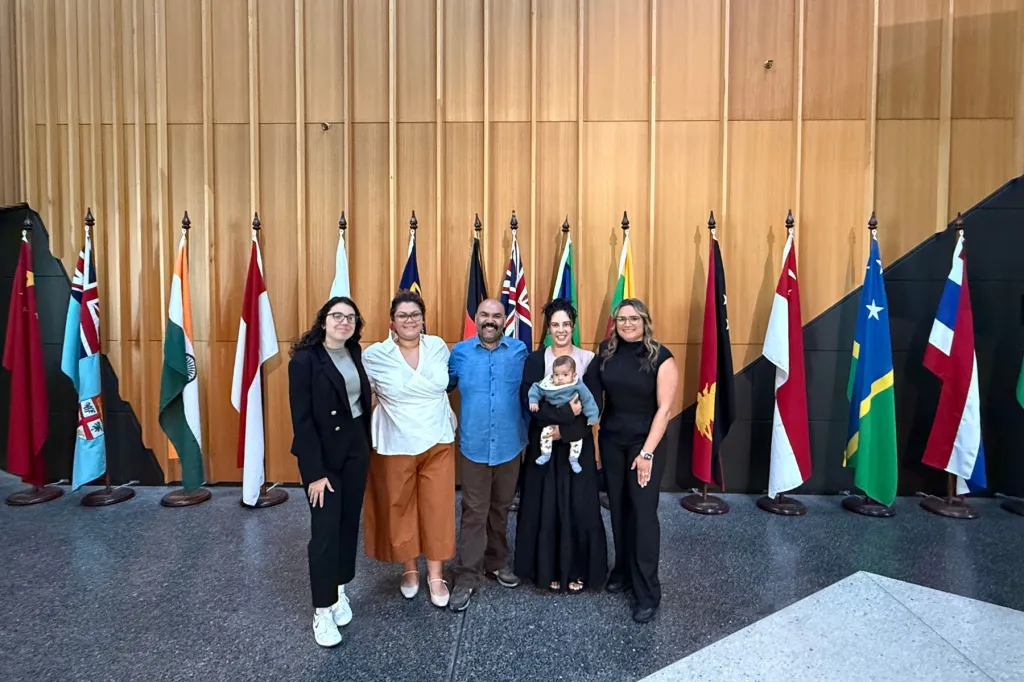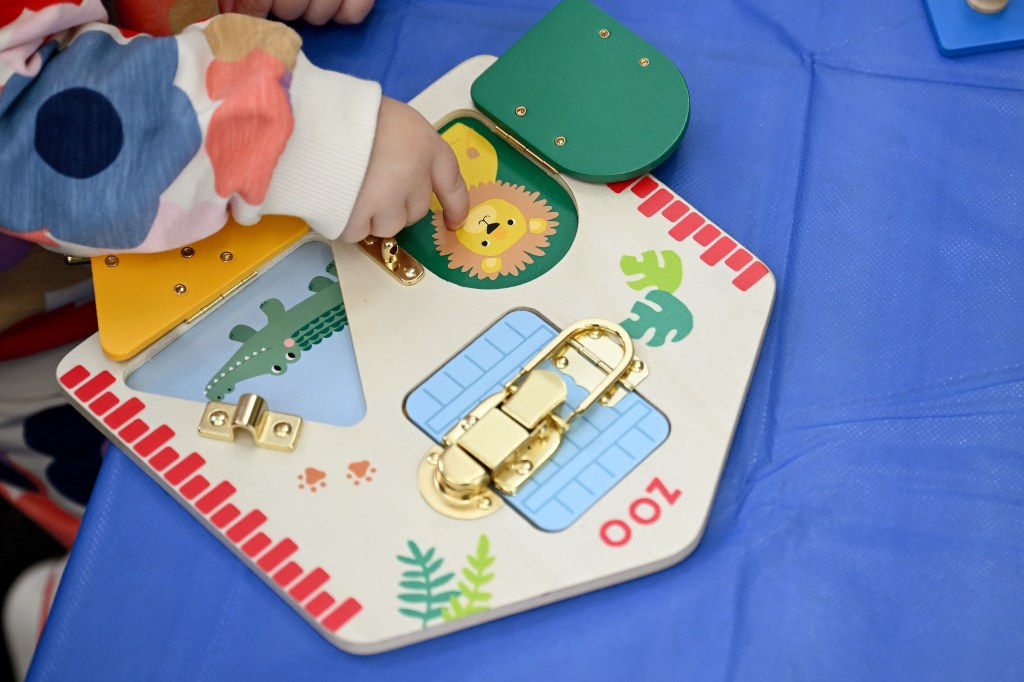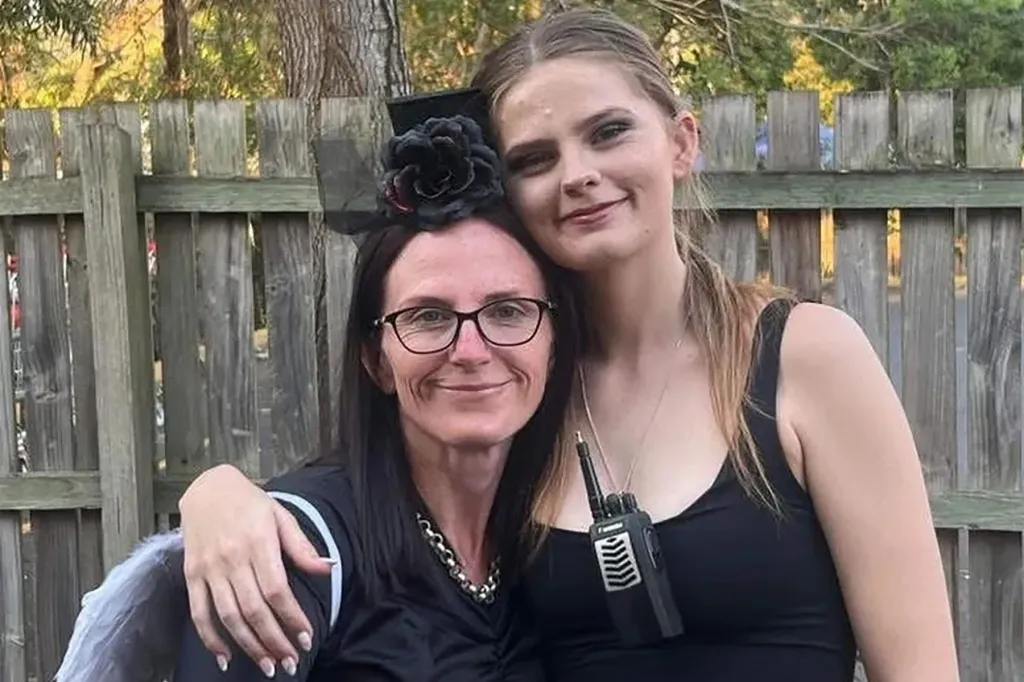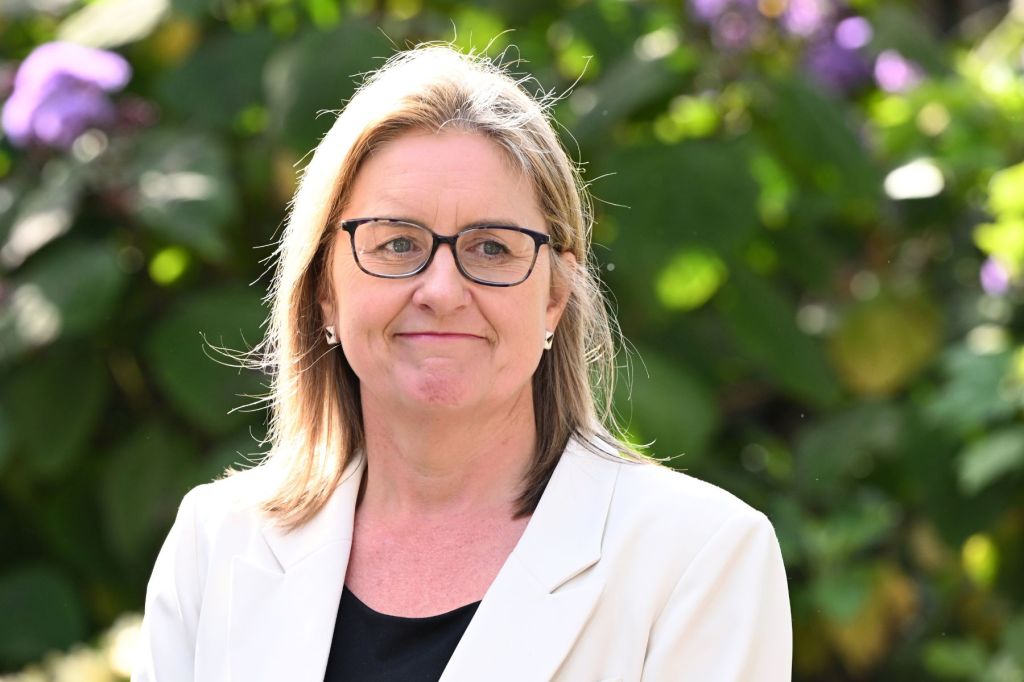Ask the expert: The non-taxable to taxable super switcheroo

Question 1
Hi Craig, my wife and I are both 71 years of age. My wife had very little super, which was exhausted. Over the past two or three years, we have also received a government part-pension.
I was proposing to utilise the strategy you’ve talked about to withdraw $360,000 redepositing that amount back into super, to covert some of my super funds from taxable to non-taxable. Looking ahead to three years further when I’ll be 74, will I be eligible to use this strategy to covert a further $360,000 from taxable to non-taxable or would I be limited to just $120,000 as I would turn 75 less than a year later.
When I redeposit the initial $360,000 back to super, does it go into my existing super account or can I deposit it into a separate new account? The latter would be a better option if I were able to convert the second sum from the original account to an exclusive non-taxable account. Thanks, Gary
Hi Gary.
Let’s deep dive into this. The purpose of cashing out super and re-contributing it back is to convert “taxable” super components into “tax-free” super components.
Why do this? Because when you pass away, your taxable component will be taxed at 17 per cent (which includes Medicare) if it is paid to beneficiaries not listed below:
- spouse
- child under 18
- a person with whom the deceased person had an interdependency relationship just before they died
- a person who was financially dependent upon the deceased person just before they died.
Whereas, the tax-free component is always paid tax free – no matter who the funds are left to.
Where this commonly comes into play is where you are single, or the last surviving member of a couple, and you want to leave your super balance to your adult independent children.
You might like
Most people have mainly “taxable” components within their super.
This is because all of the following go into the “taxable” component:
- employer SG contributions
- salary sacrifice
- personal contributions where you claim a tax deduction
- all investment earnings while in accumulation phase.
So, unless you have made after-tax non-concessional contributions you may not have any tax-free component.
It’s not always visible on your statement what your components are, so you may have to contact your super fund to ascertain them.
Before undertaking this strategy, you have to ensure you can get the money back into super. Currently, the maximum non-concessional after-tax cap using the bring-forward rules is $360,000 assuming your balance is below $1,660,000 (balance as at the previous June 30).
You also have to be under 75 years of age to make a non-concessional contribution (technically the fund can also accept the contribution 28 days following the end of the month you turned 75).
If you are 75 or younger at any time in a financial year you can use the bring-forward rule and use to two years’ worth of non-concessional contributions cap for that income year, (potentially up to $360,000 in 2024–25).
Yes, you can re-contribute the funds back into a separate super accumulation account to isolate the tax fee component from your other funds. Note, however, any earnings do go to the taxable component and there may be an additional admin fee if you have two accounts.
Let’s look at a simplified example where you cash out and recontribute $360,000 at age 71 and at age 74.
Say you have $800,000 in super; 90 per cent is in the taxable component ($720,000) and 10 per cent is tax-free ($80,000) component.
If you were to pass away with those components and leave the money to adult children, the tax payable would be $122,400 (i.e. $720,000 x 17 per cent).
Stay informed, daily
However, if you withdraw $720,000* ($360,000 at age 71 and age 74) and put the funds back into a new super account as non-concessional contributions, your components would now be:
- $72,000 taxable*
- $728,000 tax free
The resulting tax on the $72,000 would be $12,240. That’s a big savings for your beneficiaries of $110,160 ($122,400 minus $12,240).
*When you withdraw funds from super you cannot nominate which component, they are withdrawn proportionally, i.e. in this example a $720,000 withdrawal is made 90 per cent from the taxable component and 10 per cent from the tax-free component. All earnings and indexation have been ignored for simplicity.
If you have a smaller balance, or you think you will spend all, or nearly all of your super before death, then this may not be worthwhile. When you are dead you might not care that your beneficiaries pay some tax. But many people do.
To be honest this is a bit of a loophole, but while it is there you can take advantage of it.
These strategies can get complicated so speak with your super fund or a financial adviser.
Question 2
If I sell my unit to move interstate and buy nearer to family when I reach pension age in four years, will it affect me applying for the aged pension?
Your main home is not counted by Centrelink when applying for the age pension.
Of course, it does realise that people move so generally it’s not a big issue. However, if you buy a cheaper home and have more money sitting in your bank account after the purchase then it may impact you.
A single homeowner can have $314,000 in assets before it affects their age pension payments. And they can have up to $695,500 in assets before they lose the pension altogether.
There is also an allowance where Centrelink doesn’t count funds under the asset test while changing homes. For example, if you sell your home for $800,000 and will purchase a new one for $700,000 but settlement is not yet due (or if you are building a new home) then Centrelink won’t count the $700,000 in your bank account as an asset. This can continue for up to two years.
Craig Sankey is a licensed financial adviser and head of Technical Services and Advice Enablement at Industry Fund Services.
Disclaimer: The responses provided are general in nature, and while they are prompted by the questions asked, they have been prepared without taking into consideration all your objectives, financial situation or needs.
Before relying on any of the information, please ensure that you consider the appropriateness of the information for your objectives, financial situation or needs. To the extent that it is permitted by law, no responsibility for errors or omissions is accepted by IFS and its representatives.




